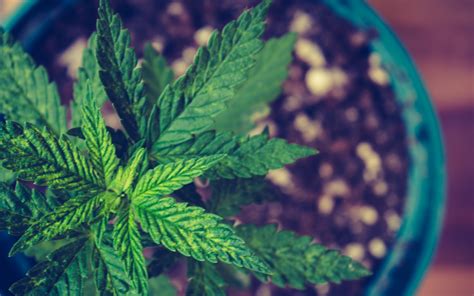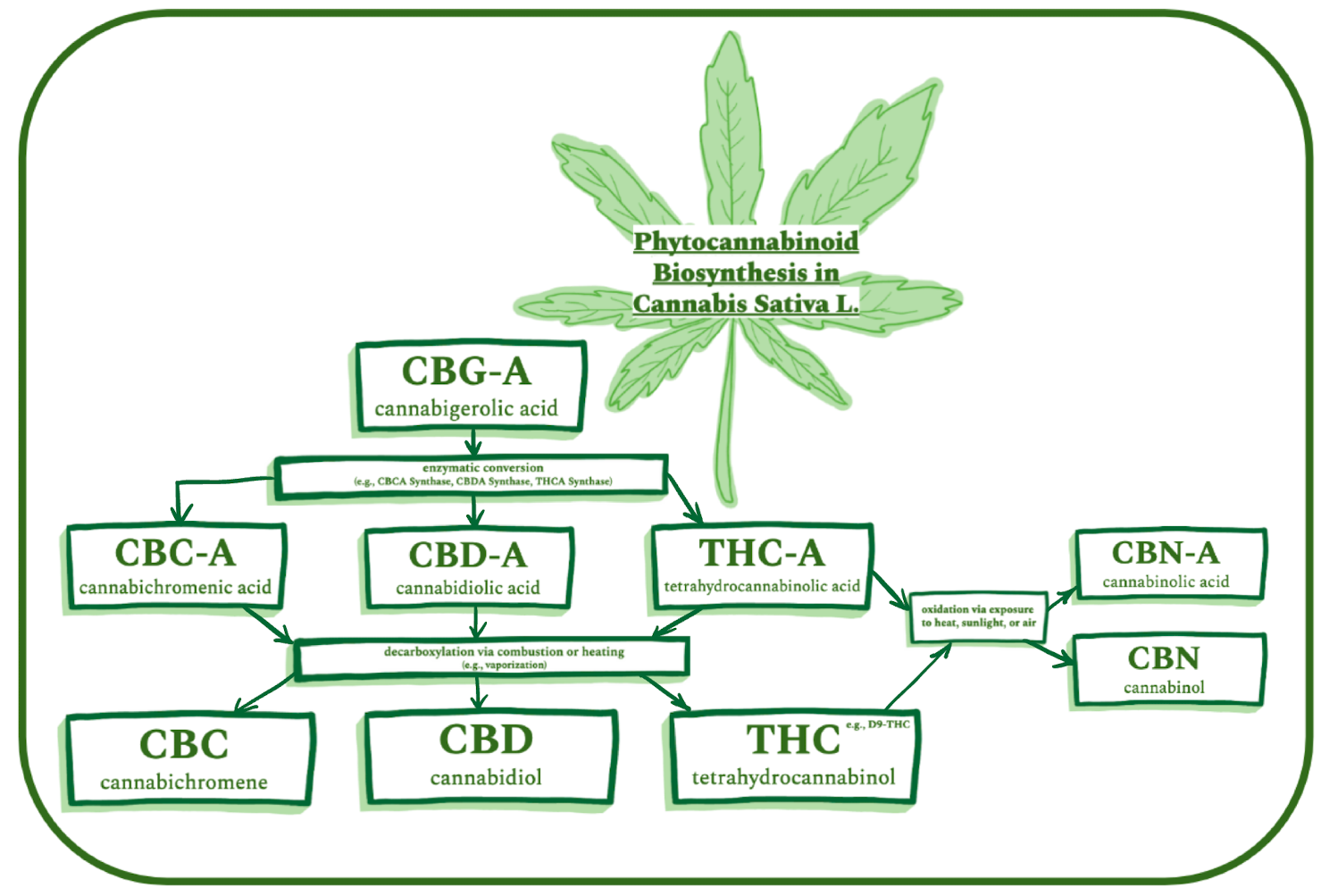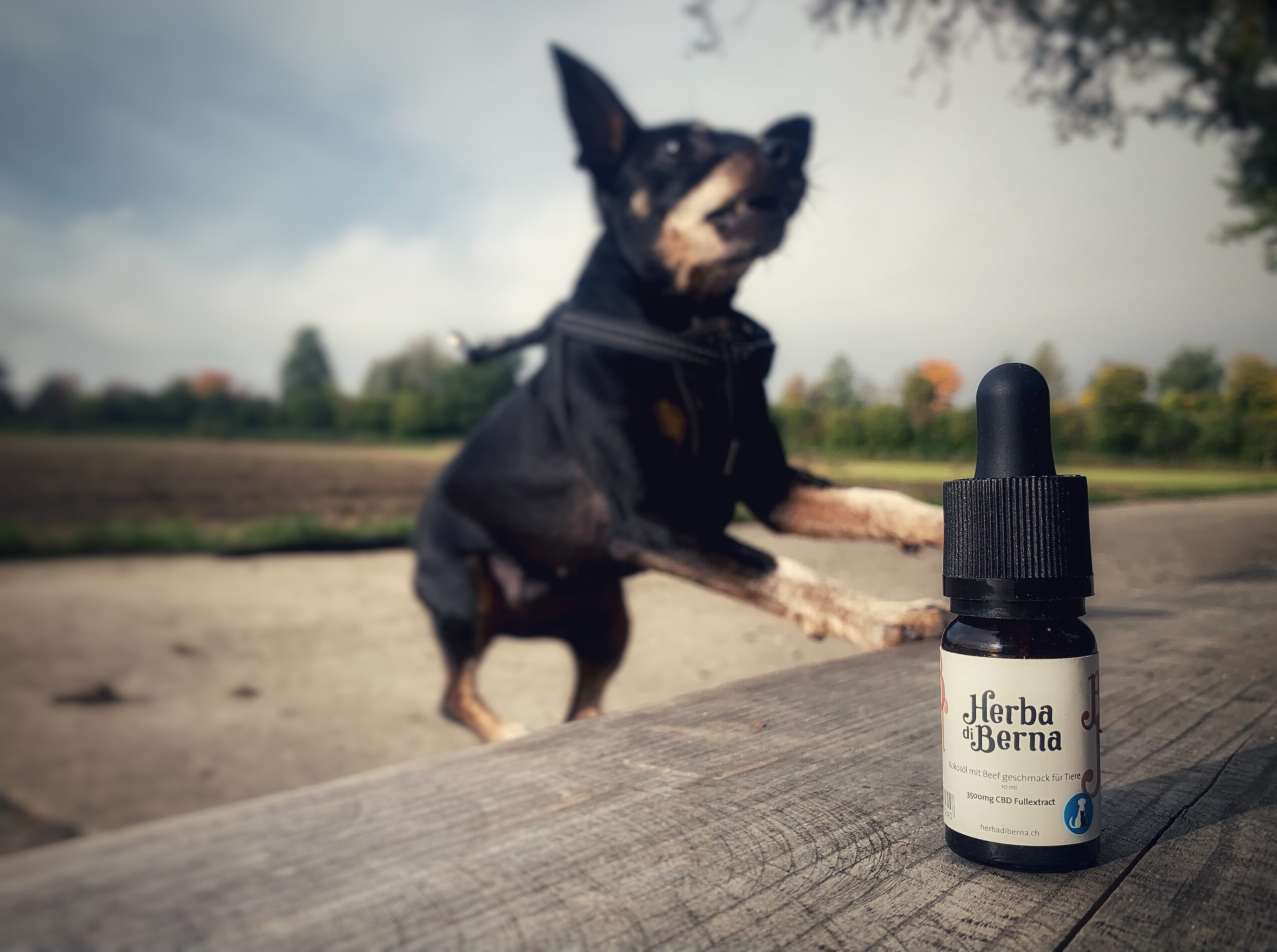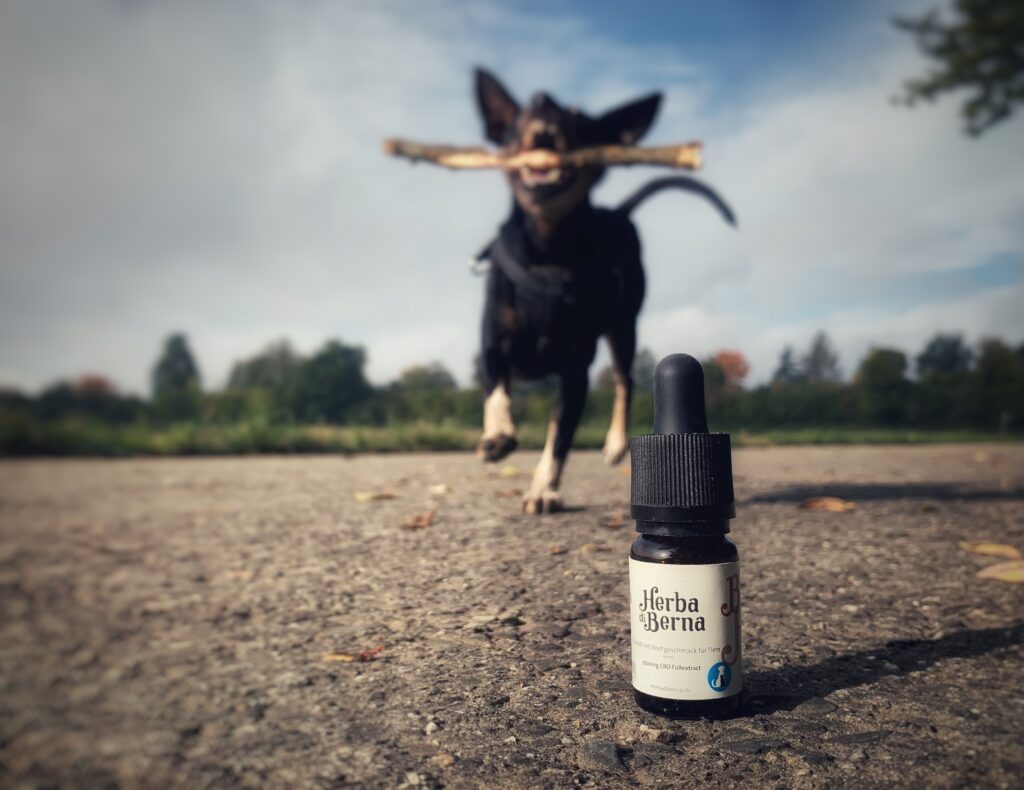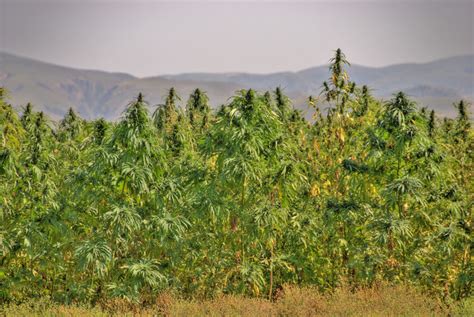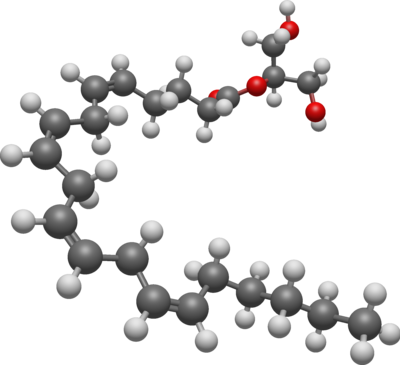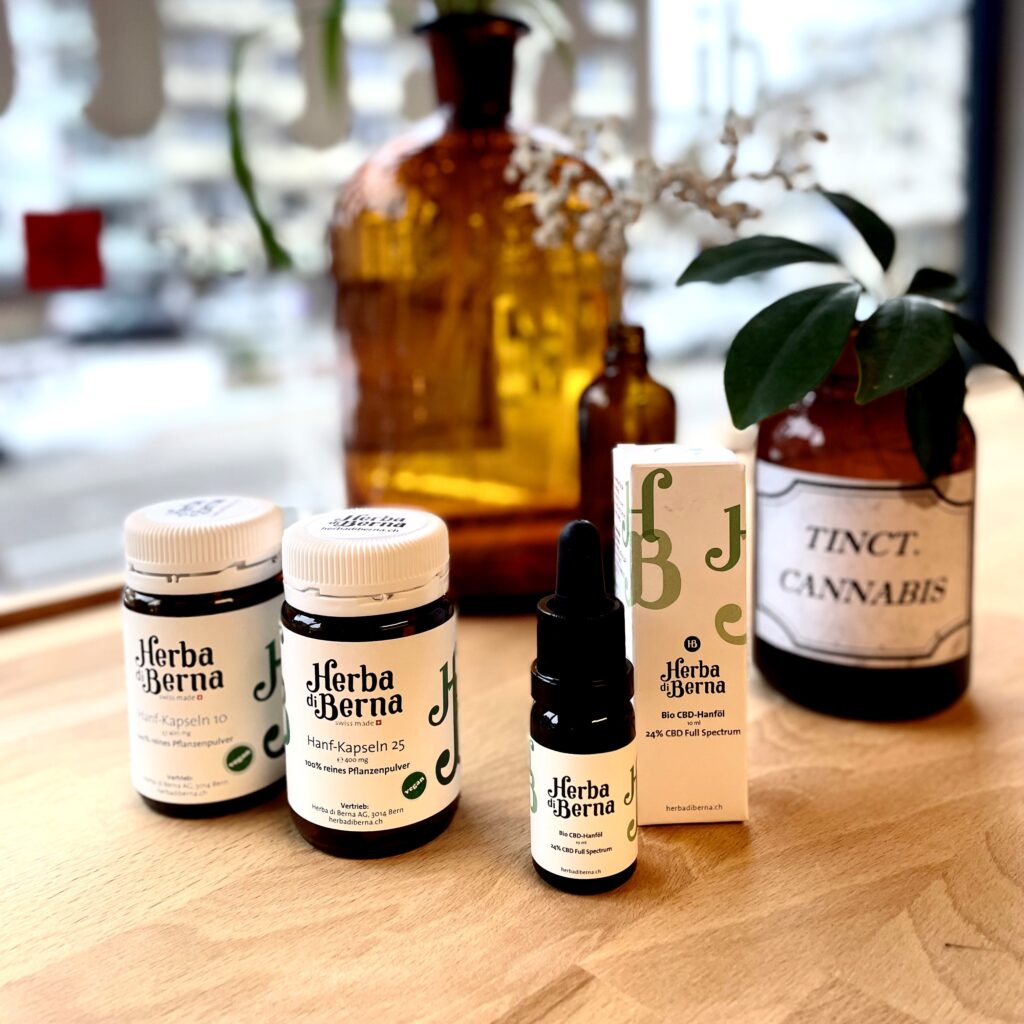
The festive season is a feast for our senses, but it often means overtime for our gut. From one meal to the next, from cookies to chocolate to a festive roast – the winter season of indulgence can put a strain on the digestive system. In this blog post, you will learn how cannabinoids can help to support gastrointestinal harmony and promote well-being.
The body and its gastrointestinal harmony as a habitat for viruses, fungi and bacteria: Our gastrointestinal system is exposed to a variety of stresses, from lack of exercise to an unhealthy diet. These strains can lead to symptoms such as diarrhea, nausea and constipation. In this context, the importance of healthy intestinal flora, which includes bacteria, fungi and viruses, becomes clear. These microorganisms form a symbiosis that is essential for the absorption of nutrients and the survival of humans and microorganisms.
Importance of the intestinal flora:
The intestinal flora can be stimulated by various means, including cannabis. There are numerous products on the market that support the intestinal flora, but the effects can be reduced by an unhealthy lifestyle. The importance of a balanced intestinal flora for the nervous system is supported by scientific findings, and the connection between nutrition and health is confirmed by the effect of cannabis as a remedy in the laboratory.
How hemp affects our gastrointestinal tract: Cannabinoids found in the hemp plant act via CB2 receptors in the intestine. Full-spectrum preparations can influence these receptors and trigger positive effects such as anti-inflammatory processes, strengthening of the immune system and stress reduction. Studies suggest that medicinal cannabis shows promising results, especially in diseases such as multiple sclerosis. The method of consumption influences the effect of cannabis, with oral intake possibly being better tolerated.
Conclusion:
Overall, cannabis as a full-spectrum preparation can help to support gut function, especially after times of culinary indulgence. The CB2 receptors in the intestine enable anti-inflammatory effects, immune strengthening and stress reduction. Despite promising approaches in research, it should be noted that interactions with medications and possible side effects must be taken into account. For gastrointestinal complaints, cannabis could be a natural alternative, but consultation with medical professionals is advisable to stay up to date with the latest research.
The recommendation of Herba di Berna:










